Date: 4 July 2014
It is a kind of glass which changes its light transmission properties according to the provided stimulus. Based on whether, they require an electrical stimulus to respond or the level of control it offers to users; it can be categorized into Active or Passive. Electrochromic, SPD, and Liquid crystal are some of the active smart glass technologies which respond to voltage as a stimulus and adjust the light transmission property dynamically. On the other hand, Passive smart glass technologies such as Thermochromic and Photochromic react naturally to heat or light.
Smart glass technologies covered in this report are: Thermochromic, Suspended particle device (SPD), Electrochromic (EC), Liquid crystal (LC)/ Polymer dispersed liquid crystal (PDLC), Photochromic and so on. Also technical assessment of the latest, emerging smart glass technologies- micro blinds and nanocrystals are also provided. Out of all the traditional smart glass technologies, Electrochromic is being recognized as one of the promising ones, owing to the highest dynamic control, as it allows light and heat through the glass. With its unique properties such as durability and fastest switching times, Electrochromic smart glass is expected to revolutionize the architectural application segment occupying the major chunk of market revenue by 2020.
Transportation sector is another growth market for this product. In automotive segment, smart glass is becoming a popular choice for rear view mirrors and sunroofs because of the value it brings in the form of controlling the glare, tinting and so on. Reputed automobile players such as Daimler AG (Germany) and BMW AG (Germany) have used smart glass for windows and sun-roofs, in their premium cars such as Mercedes-Benz SLK and BMW Active Tourer respectively. Also aviation players such as Boeing Company (U.S.) used smart windows in its 787 Dreamliner aircraft. This report consists of a case study on this application.
The report covers smart glass market by its applications, technology, size and geography. The detailed segmentation by commercial architectural applications included in the report covers educational buildings, corporate buildings, hospitals & lab facilities and retail applications of smart glass. While automotive segment takes into account smart glass products such as windows, doors, windshields and rear view mirrors.
It provides thorough analysis of the present market scenario and its projection till 2020. The report also captures the market roadmap with market size estimates, revenue forecasts, value chain, competitive landscape, leading players, and their key developments, strategies, and profile. Whereas, the geographical segmentation section gives the smart glass market for various geographical regions namely: North America, Europe, APAC, RoW and Latin America. Besides segmentation, this report encapsulates the major driving factors for smart glass market such as encouraging government legislations and policies, green building initiatives and so on.
This report also profiles key industry player of smart glass market. The detailed analysis about their strategies and developments is included in the report. These key industry players are - Asahi Glass Company (Japan), Citala Pvt. Ltd (Israel), Corning Inc (U.S.), DuPont (U.S.), Gentex Corporation (U.S.), Hitachi Chemicals (Japan), PPG Industries (U.S.), Pleotint (U.S.), Ravenbrick LLC (U.S.), Research Frontier (U.S.), Smartglass international (Ireland), Sage Electrochromics (U.S.), Saint Gobain (France), Scienstry (U.S.), SPD smartglass (U.S.) and View Inc (U.S.).

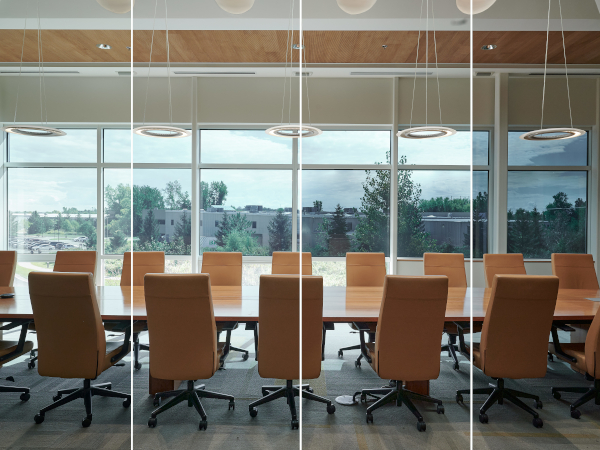
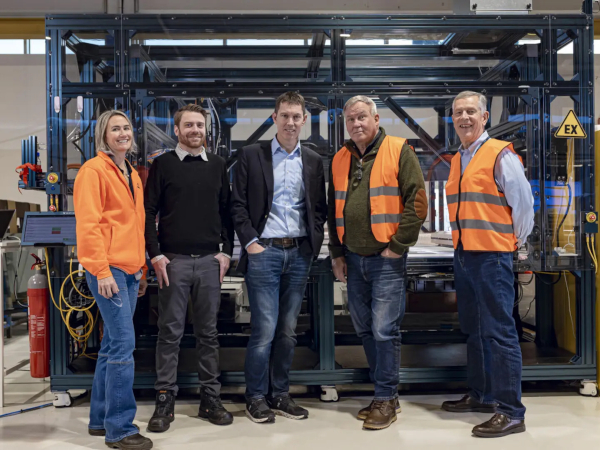

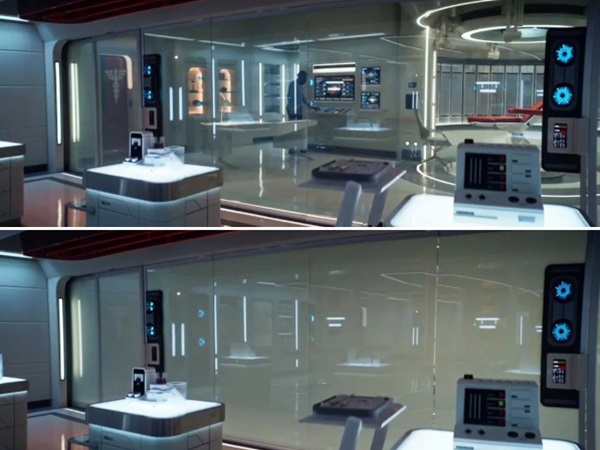
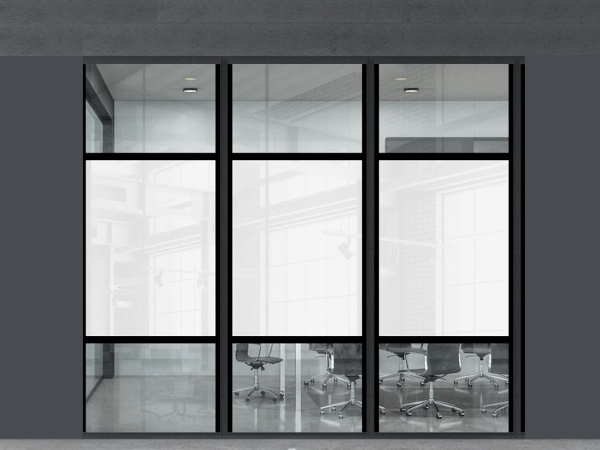
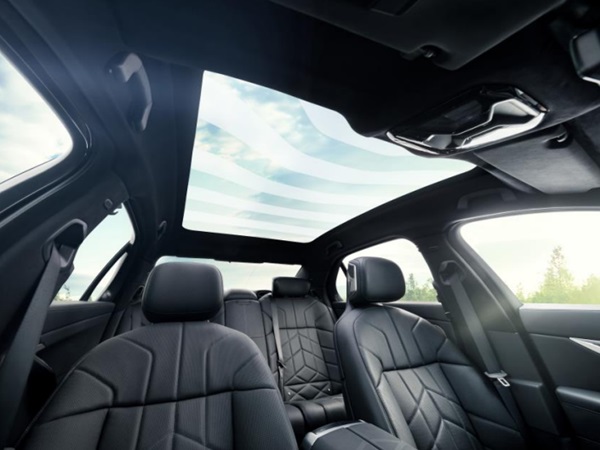


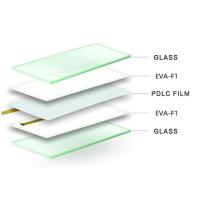


Add new comment